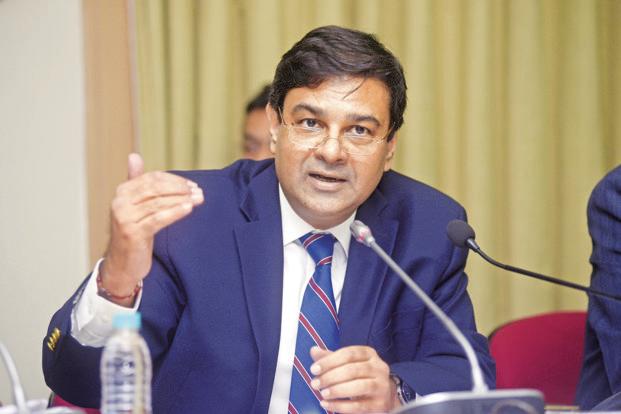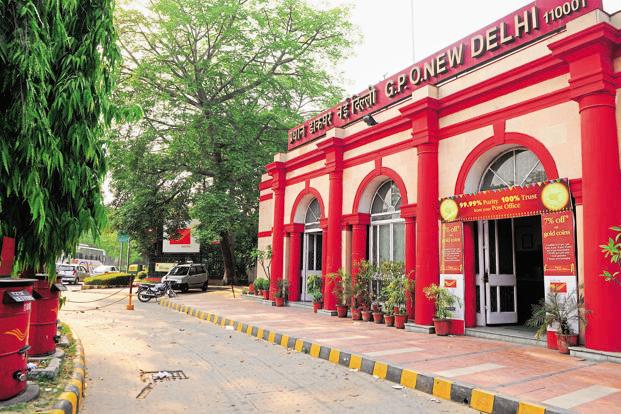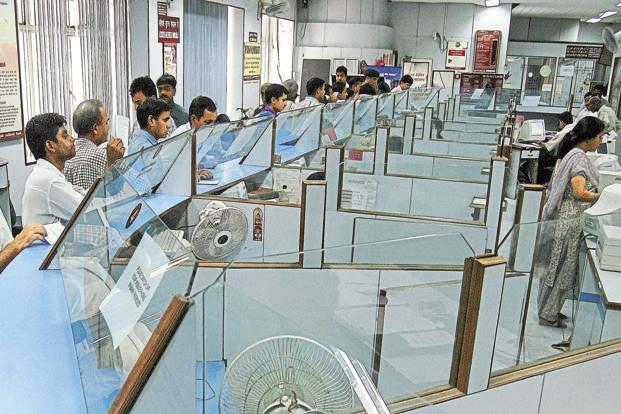Retail inflation accelerated to 11.24% in November, faster than what most analysts had estimated, and the highest ever since this series of inflation data was introduced in January 2012. This, coupled with a contraction of October factory output by 1.8% from a year earlier, after expanding 2% in September, will make the job difficult for Reserve Bank of India (RBI) governor Raghuram Rajan when he announces the mid-quarter review of monetary policy on Wednesday.
As retail inflation is fast turning to be the benchmark inflation number for RBI, will the double-digit inflation, mainly driven by food prices, encourage Rajan to go yet again for another rate hike? Since he took charge on 4 September, Rajan has raised the key policy rate twice from 7.25% to 7.75%. If he indeed increases the rate for the third time, he will push it up to 8%, a level last seen in April 2012, from where his predecessor D. Subbarao brought it down to 7.25% in May through three cuts.
In October, while announcing the mid-year monetary policy, Rajan raised the policy rate by a quarter percentage point but continued the rollback of the currency stabilization measures taken in August to protect a sharply deprecating rupee by cutting the so-called marginal standing facility rate by an equal measure.
Interacting with institutional investors in New York earlier this month, Rajan said high inflation “is and will remain the key priority of monetary policy”, even as there is a need to manage inflation “with an eye on the economy, so that you don’t kill growth”. Last week, at a conference of economists in Delhi, he said no single data or point or number will determine RBI’s move, but efforts are firmly on controlling inflation. And, after the retail and factory output data was released last Thursday, Rajan’s reaction was: “Clearly, growth is weaker than we would like, inflation is higher than we would like… In a situation where you have high inflation and low growth, you have to calibrate policy carefully.”
These statements don’t give away anything.
To be sure, the central bank is less worried about the macroeconomic situation now than in July-August, when the country struggled to manage the after-effects of a possible tapering by the US Federal Reserve of its monetary stimulus programme and a depreciating rupee. A narrowing current account deficit, fresh dollar inflows, a slight pick-up in economic growth and lower external debt are all positive signs. However, inflation continues to remain a worry. It is, in fact, a much bigger worry than many would have thought. The results of the recent state elections are a testimony to that.
Economic growth has been slowing in other emerging markets as well, but the inflation level in those markets is far lower than in India. A high wage inflation, a high fiscal deficit and a high current account deficit, till recently, queered the pitch here. The impression so far has been that if the economy is growing at a healthy pace, people are ready to tolerate a price rise, but the results of the four state elections have shattered that notion. At the Delhi economists’ meet, finance minister P. Chidambaram admitted that the price rise was one of the reasons for the Congress party’s defeat in the recent state elections. He also said the government would do all it can to moderate inflation, given that RBI only has monetary policy as a “blunt tool” to contain rising food prices.
In recent history, the first time wholesale price inflation in India touched double digits was in June 2008 (10.89%), and it remained in that territory till October 2008, reaching a peak of 11.15% in July. The impact of the global credit crunch and demand destruction was seen in the low inflation figures between January and November 2009. Since then, it has been high, much beyond RBI’s comfort level. Between March and June 2010, it once again crossed double digits, and between December 2010 and November 2011, it remained over 9%, touching 10% in September 2011. It dropped to a 42-month low of 4.58% in May 2013, but since then it has been on the rise.
Wholesale price inflation accelerated to an eight-month high of 7% in October from 6.46% in September, mainly on account of high prices of manufactured items and food. The wholesale inflation data for November will be released on Monday. The October inflation data was higher than what most economists estimated, while the August inflation data was sharply revised upwards. Food inflation eased marginally—from 18.4% in September to 18.19% in October—but energy inflation quickened and primary articles were the driving factor. The main drivers of food inflation were the prices of eggs, meat, fish, fruits, vegetables and rice. According to a study undertaken by ratings agency Crisil Ltd, overall food inflation has averaged 13.3% during April-October. Between 2000 and 2007, the average rate of food inflation was less than 4%, but during 2008-2013, it has remained above 10%.
Most analysts say that both wholesale and retail inflation will peak in November, and from now on they will come down as food prices—the major contributing factor—will see a modest fall in winter. That may give Rajan some comfort, but the risk of food inflation spilling over to the so-called core, or non-food, non-oil, manufacturing inflation, remains high. At this point, the 18 December policy seems to be a close call, and a lot will depend on the wholesale inflation numbers to be released on Monday. If the rise in wholesale inflation too is high, Rajan may have to go for a third round of rate hike, possibly the last in the current cycle, a day before the conclusion of the two-day Federal Open Market Committee’s meeting in the US.



